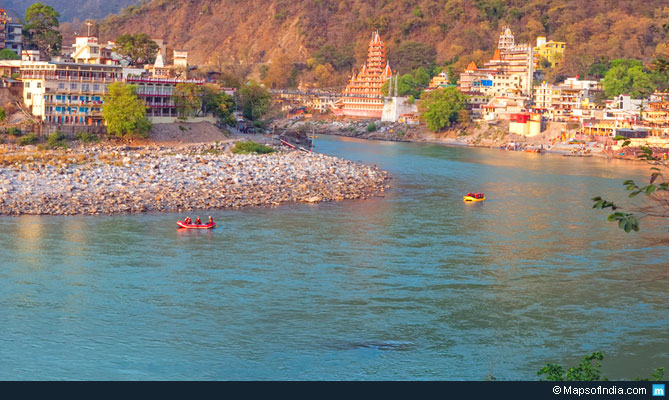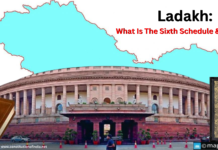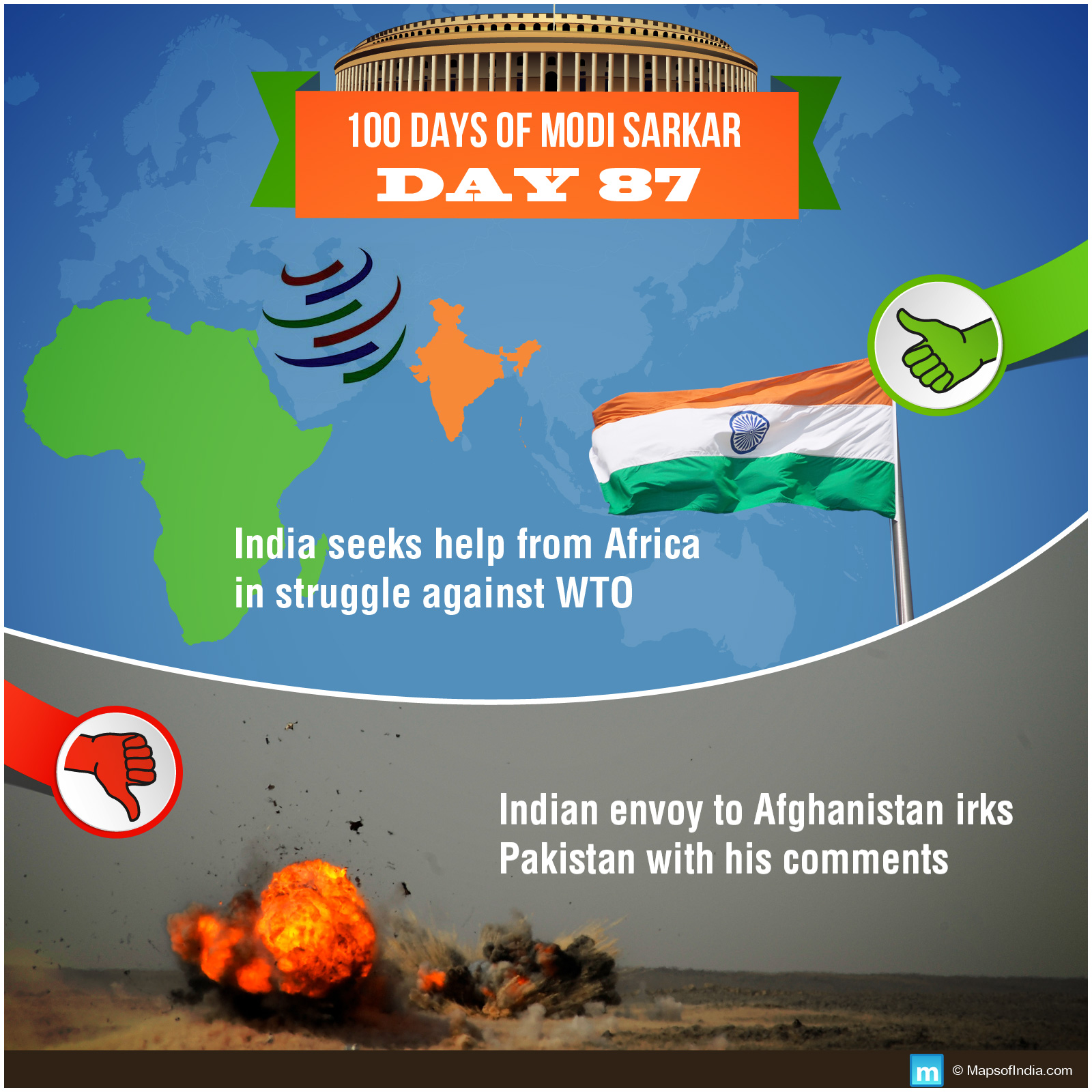Ever since coming to power, the Indian Government has launched a couple of ambitious programmes like the Clean Ganga project, Swachh Bharat campaign and the Smart Cities project. All these projects are long-term ones and will require a whole lot of money in order to be completed. One feels that ultimately with the relative short shelf life of the political parties in India, these projects might not reach their desired end. Such apprehensions are not absolutely unfounded though.
The JNNURM (Jawaharlal Nehru National Urban Renewal Mission) was started in 2005 with much fanfare. Initially it was supposed to be completed by 2012 but then it could not be accomplished within the stipulated time frame and work had to be extended till 2014. In all the Indian Government spent INR 66,000 crore with the end result that almost 48% of the work was yet to be done when the NDA Government brought the curtains down on this one.
Planning and implementation issues
The dream project of Narendra Modi, the Clean Ganga project is supposed to be completed in 18 years with an estimated cost of INR 2,037 crore. It is supposed to clean the river in its entirety – something, which is almost next to impossible. The river covers seven States in India and runs across almost the whole of north, central and eastern India. It might take a lot of time to actually just find a feasible plan for cleaning up the entire length of the river and that could very well set the project back.
The Supreme Court has already, on several occasions, hauled up and asked the Government why it has been unable to provide any proper blueprint of how the project will be executed in the days ahead. For a Government that is looking to present itself as more accountable and efficient as compared to its predecessor, such a lack of progress at the very beginning indicates a rather sorry state of affairs. The Government has shown a plan to the apex court, which too has failed to get the approval of the judicial body.
Uma Bharati, who leads this project, has stated that it might take around three years to just come up with a plan for cleaning the river. This pace has surely left the Supreme Court miffed. It has stated that the main stumbling block in the timely execution of the project is corruption, a vice that has been plaguing the country since time immemorial and has gone as far as to suggest that some people related to the project should be left out of the same if it has to progress.
Problems at the official level
The Indian Government has set up a number of bodies for executing the project. However, the way they have gone about in approaching the project has left a lot to be desired. For example, the National Mission on Clean Ganga or NMCG, which is supposed to be the primary body responsible for executing the project, is supposed to have 27 permanent officers for executing the project but till date it has had only three on its rolls, which is a matter of great concern. What has compounded the misery is that these officers are also playing important roles in other departments of the Government, which means that they are unable to devote their fullest time to the more important project. The situation is same with the National Ganga River Basin Authority as well with a number of vacancies severely impeding the operations.
Sewage treatment issues
Secondly, the river has been heavily polluted by the various industrial units that have been working over the years near the river. These units are guilty of dumping untreated sewage into the river and most of them have admitted that they do not have the necessary resources to treat the sewage better. The question that comes up now is how will the Government go about addressing this problem. Will it cleanse the river only for these units to pollute it yet again and thus pour cold water over its plans? Or, will it look to increase the waste treatment facilities of these organizations.
The question is how much will it pay in case of technological upgradation of these units. Will the State Governments bear any expenses – what happens if the State Governments in hostile territories such as Bengal and Uttar Pradesh deny the NDA Government such assistance? Will the Government force the companies to do it all by themselves. In that case there is a distinct possibility that some of them might downsize and some of them might just go out of business. What will happen to the people who lose their jobs? Will the Government employ them? These are some of the aspects that the national administration needs to ponder before taking any decisions in this matter.
Political problems leading to stoppage
A few days back the work of the project had been stopped at Varanasi by officials of the State forest department. At that time many in the Government had asked why Akhilesh Yadav was trying to put a hindrance to the project. Well, in India – more than most countries of the world – politics has always been a game of one-upmanship. The general culture in the country is also to prioritize petty interests over projects that can serve a greater good. Perhaps by trying to stop the project the State government was trying to flex its muscles in its own turf.
The situation could jolly well be similar in Bengal as well with the ongoing war between the BJP and the TMC. The ruling party of the eastern province could very well bring to halt the project under some pretext or the other and only the river and the project will be poorer for it.
The project is supposed to take 18 years to be completed? The BJP needs to ask itself honestly if it will remain in power for such a long time. What will happen if the project is incomplete by the time the next regime change takes place in India – will it be abandoned like its predecessors or will it be completed? Going by the trend of Indian politics it could very well be left behind and considering the aim of the project it would be a shame.





